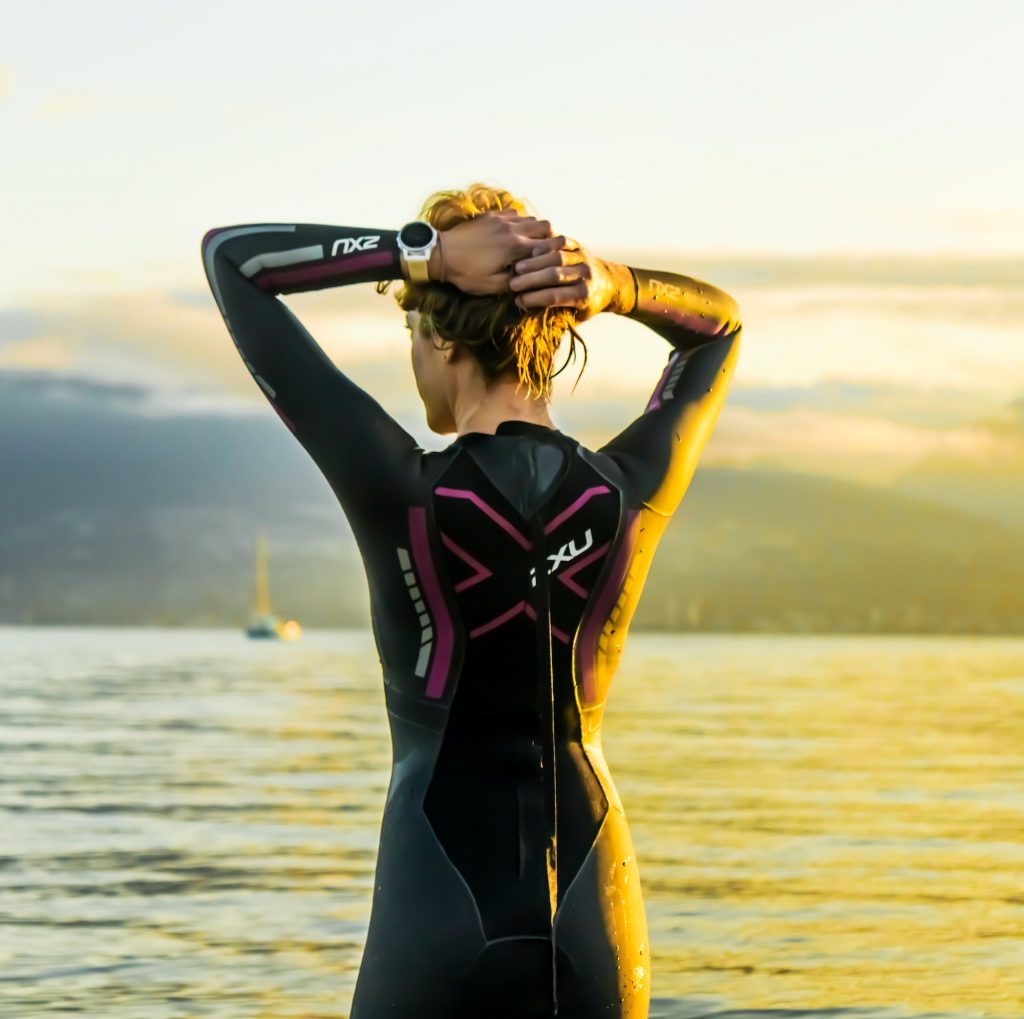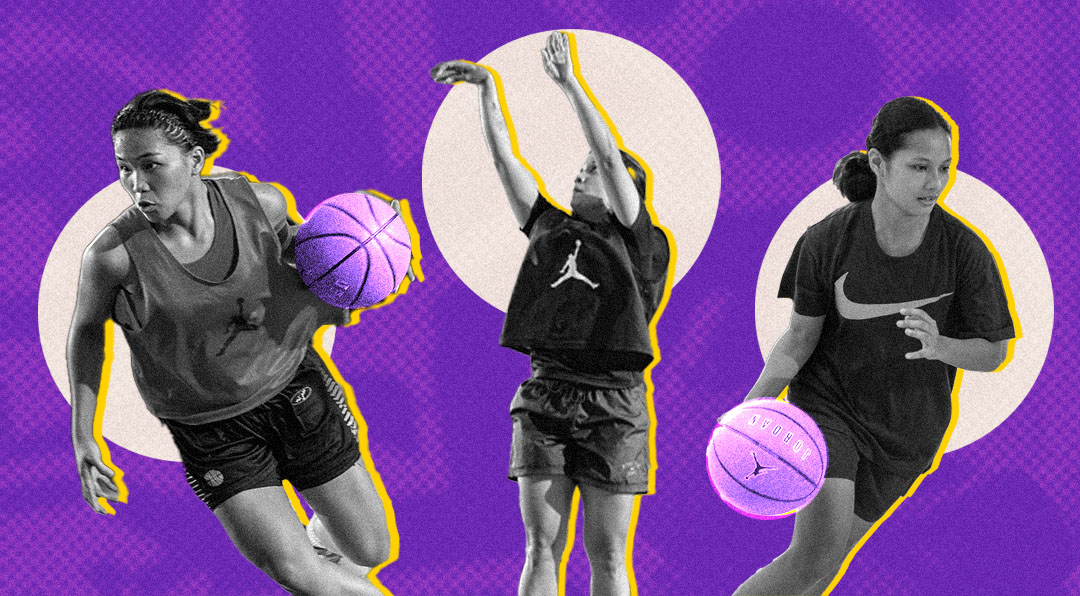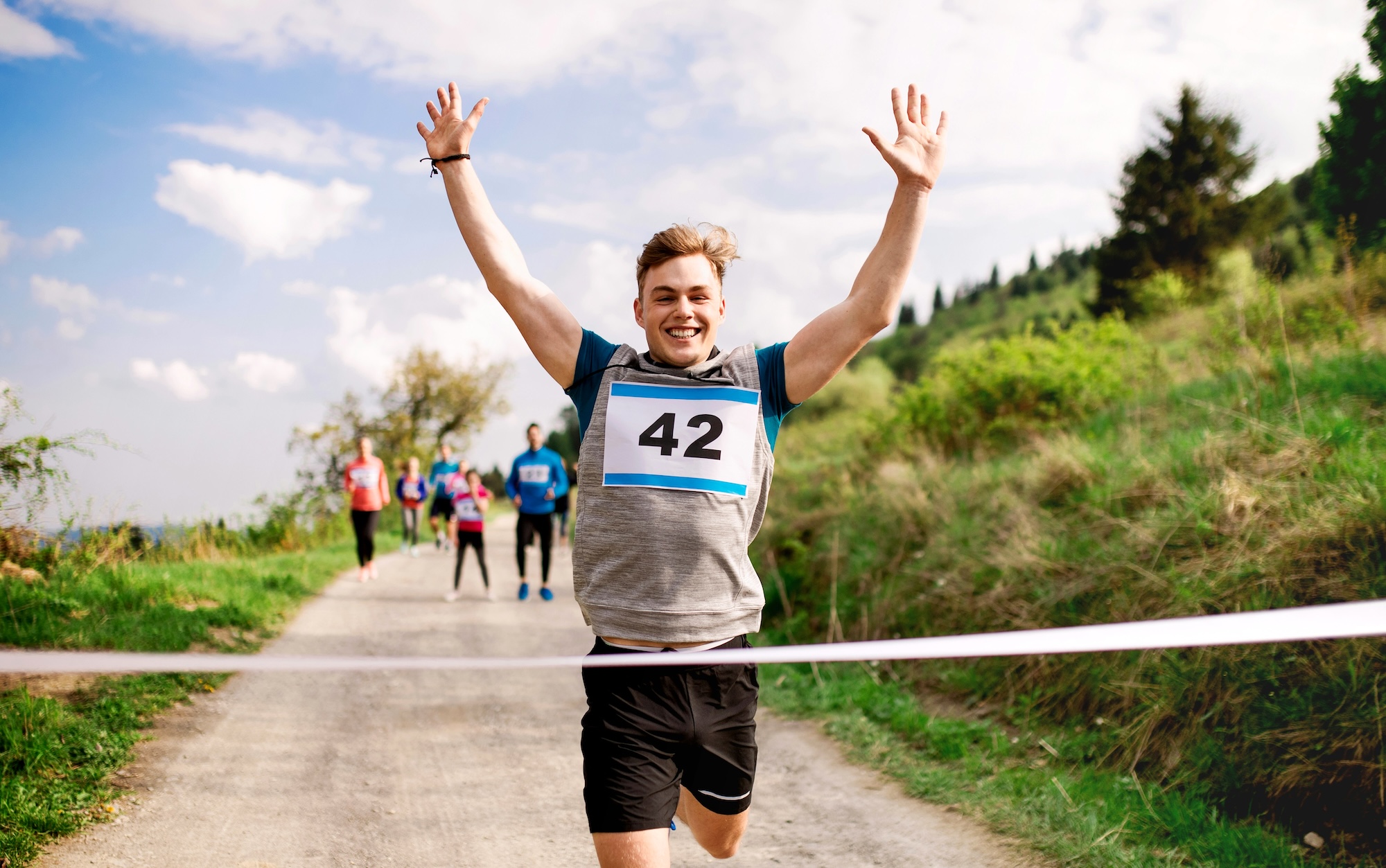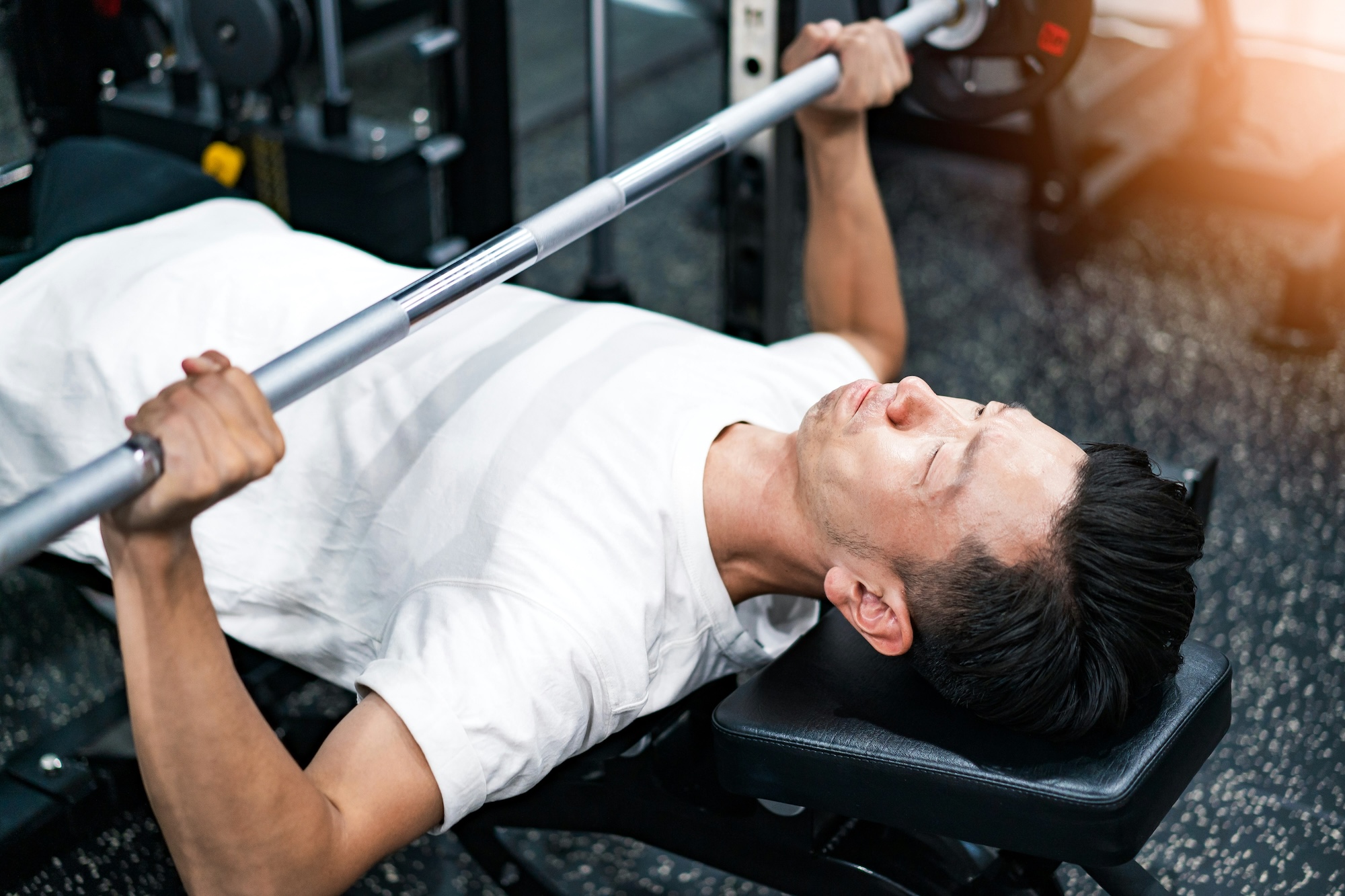With these tools and gear, you emphasize the idea of training right and training better
Photos by Algi and Susan Flynn/Unsplash
Swimming, biking, and running… are those all you really need for triathlon?
Oftentimes, we make the mistake of just focusing on training rather than emphasizing on “training right” or “training better.” But to do that, you need proper equipment. Some of the most important tools however have long been overlooked by athletes. Here are a few underappreciated items that can help you hack your way to a new PR.
Pull buoy
Swimming with a pull buoy is one of the most important drills you can do to help your body position. “How hard can it be? Your legs will float and you don’t need to kick” is a common response I get when it’s brought up. Yet that’s exactly the point.
A pull buoy will take away an important, functional, and often misused element of swimming: the kick. A lot of triathletes employ a strong and constant kick. This type of movement prevents your legs from sinking and helps with balance. While this may work for many, the problem lies in wasted energy. Most of the force generated here is used to lift the legs rather than to generate forward motion.
As a result, you’re gassing yourself out unnecessarily. The solution lies in proper body position. Instead of relying exclusively on a strong kick, proper alignment, balance, and streamlining is key; this is where a pull buoy can help. A pull buoy improves proprioception (awareness of your own movement) and also shifts the propulsive force to your upper body.
Tip: Focus on proper rotation as you breathe. This will feel difficult at first since most triathletes rely on their leg position (scissor kick) when taking a breath. As you roll better, it won’t feel difficult or awkward at all. You can also use a less buoyant pull buoy as you improve to put more emphasis on core strength, balance, and alignment.
Heart rate monitor
A lot of athletes don’t see the importance and benefit of training and racing with heart rate. Truth be told, this is one of the simplest yet most effective ways to train and race better.
Heart rate has a very high correlation with effort and intensity. The harder you go, the higher your heart rate shoots up. This can help with pacing. Heart rate is also a good indicator of heat stress and dehydration. A rapid rise indicates that your body is unable to handle the heat or your blood volume is dropping below ideal levels.

Think of it this way, the more dehydrated you become, the less blood volume you have. This means your heart needs to pump faster to deliver the same amount of oxygen to muscles. When this happens, slow down, rehydrate, and manage the situation better.
Tip: The default zones you see on your watches or training apps are, more often than not, unreliable. This is because these values are merely computed based on age. Individuality stemming from varying fitness levels, physiological qualities (bradycardia, tachycardia), and even genetic predispositions account for most of the variance. The solution? Establish real and accurate zones through performance testing.
Treadmill
Infamously called “the Dreadmill” to some, it actually has a lot of benefits that are often overlooked. First of all, a treadmill is softer than running on the pavement. This can help in fending off injuries while developing durability. Running on a treadmill also assists with rhythm, form, and leg speed.
Since conditions are controlled, there aren’t any external factors that can distract you from the motion of running. The trick lies in focusing on movement rather than effort alone. This means relaxing your upper body, feeling that midfoot strike, and nailing that forward lean. As you get into the groove, it’ll feel like second nature.
Tip: It helps if you have a set workout on the treadmill. This may involve intervals, incline workouts, or progressive runs. The important thing is to include some variety to stave off boredom.
Resistance bands
This is a very useful yet underutilized tool that every athlete should have. These are basically strong rubber bands that have a number of uses. It’s popular among swimmers who like to substitute or supplement pool work with strength sessions. It can also be used to address muscular imbalances by isolating concerned muscles or movements. Finally, it’s a good way to help rehabilitate from injuries; weakened muscles can be targeted without straining it unnecessarily.
Tip: Seek help from a knowledgeable coach or physical therapist on the right way to use resistance bands. As you get a better understanding of the movements involved, you can be more creative with the workouts.
Compact gears and shorter cranks
From an outsider point of view, you could be led to believe that larger gears and longer cranks are the way to go. Let’s study it a little closely.
A larger gear ratio (as a result of larger chainrings and longer cranks) means that each turn of the crank results in a large turn of the wheel. This seems more efficient right? Not necessarily. Having a high gear ratio means you would need to generate a large amount of torque (angular force) because you would need to do the same amount of work with less distance (remember work = force x distance).
Moreover, longer cranks seem attractive because of the “leverage” you could generate. The problem is, such leverage is only useful when angular velocity is low (e.g. when accelerating from a standstill). Once you hold a faster, steady cadence (i.e. most of the time you spend on your bike), longer cranks can be harder to “spin” as it needs a larger pedaling radius. In short, too heavy gears and too long cranks can be possible causes of knee or lower back pain.
Tip: Get a proper bike fit (we recommend Forward Motion Performance by Martin Ilagan). Balance, movement, efficiency, and even power are all affected by your position on the bike. It’s hard to isolate a single variable or component when riding; it’s all the little things working in unison with one another. By understanding how your body moves, you can select the right components to perform at your best.
Have some training questions, feedback or suggestions for future articles? Drop a note in the comments section below or on Facebook, Twitter or Instagram. You can also get in touch with Don directly here.










































